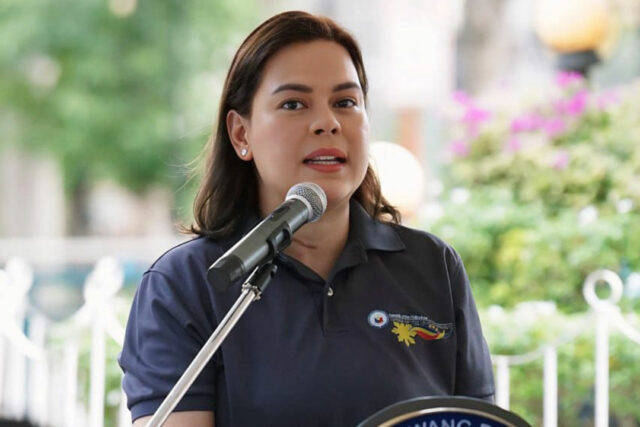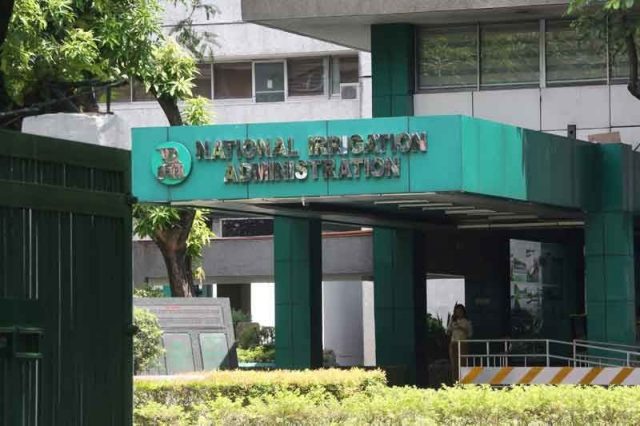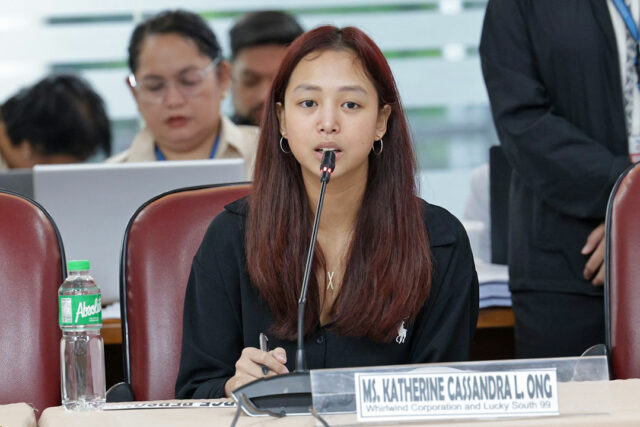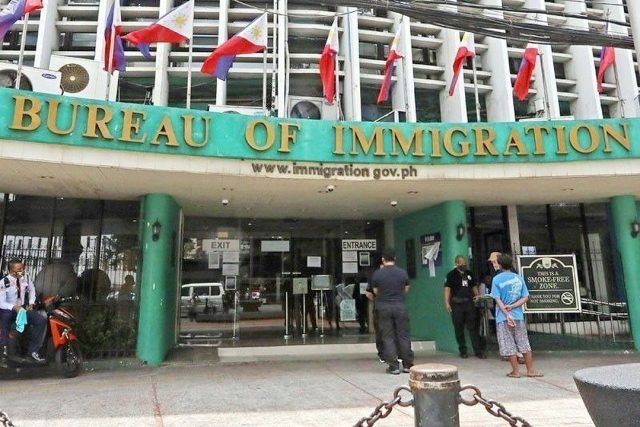Shinhan Bank agrees to help PHL attract investment from S. Korea
THE Board of Investments (BoI) has entered into a partnership with South Korea’s Shinhan Bank, Co., Ltd. to attract more Korean investment to the Philippines.
“We are very excited about the collaboration between the BoI and Shinhan Bank to attract investments from South Korea as we await the ratification of the free trade agreement (FTA) between our countries,” Trade Undersecretary and BoI Managing Head Ceferino S. Rodolfo said in a statement on Tuesday.
“Partnerships like this are crucial in maximizing the benefits of the FTA. What’s most important is working together to fully realize those advantages,” he added.
According to the BoI, the Philippines is interested in attracting South Korean investment in renewable energy, critical minerals processing, and electric vehicle and battery manufacturing.
South Korean companies are also being invited to look into high-technology agriculture, semiconductors and electronics, and advanced manufacturing.
Seongeun Jang, head of Shinhan’s Global Business Promotion Division, said South Korean firms are seeking opportunities in Southeast Asia, with the Philippines identified among the region’s most attractive destinations.
“Shinhan Bank has a strong commitment to providing tailored financial solutions and local market insights to Korean companies through close collaboration with the BoI, ensuring their successful expansion into the Philippine market,” Mr. Jang said.
“Our goal is to enhance economic exchanges between the two countries and contribute to creating new growth engines,” he added.
The memorandum of understanding (MoU) provides that both parties collaborate in investment promotion initiatives such as investment missions, business matching activities, information exchanges, and investor meetings.
In a separate statement, the BoI said that it also signed an MoU with BDO Unibank, Inc. to jointly organize investment seminars, promotion missions, and business matching activities.
Under the MoU, a platform containing guidelines for doing business in the Philippines, industry information, investment projects of interest, and investment promotion programs will be set up.
“Our goal is not just growth, but we aim to transform the Philippine economy. What matters most is the path we take to achieve this, and that means empowering the private sector with market-based tools,” Mr. Rodolfo said.
“This is why our partnership with the country’s largest universal bank is so crucial to us,” he added.
The partnership marks the first MoU signed by the BoI with a Philippine bank for investment promotion.
“It is our hope that this collaborative initiative with the Department of Trade and Industry and BoI to promote more investment will further fuel and drive the growth of the Philippine economy,” BDO Executive Vice-President and Group Head for Institutional Banking Group Charles M. Rodriguez said.
“We look forward to the successful execution of our initiatives,” he added. — Justine Irish D. Tabile












